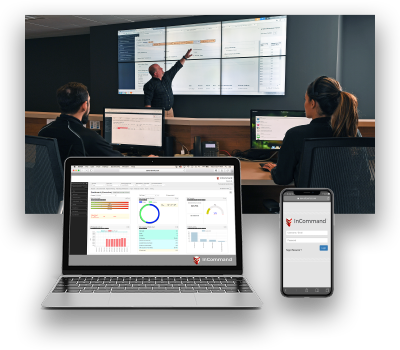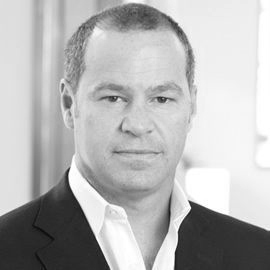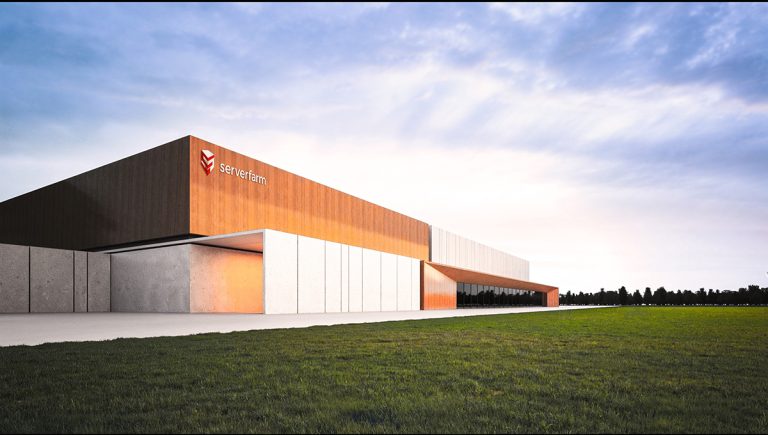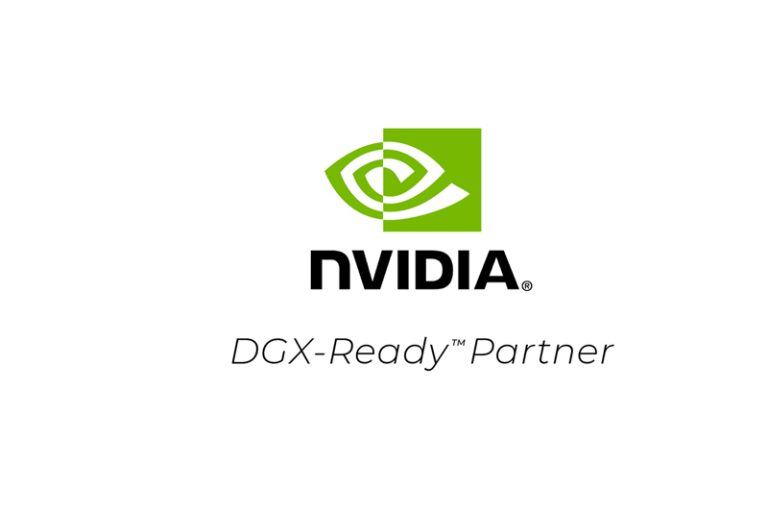And according to Avner Papouchado, CEO of Serverfarm, the next big step really is to serve edge-as-a-service to the world. João Marques Lima sits down with Papouchado to find more.
Is the market ready for the edge?
The answer is no because they are trying to figure out how to simply prepare for it still. You need a physical footprint and network in the right edge locations. Companies are now working to predict where their edge is and the level of compute they will require there.
What are investors saying about the edge?
Investors are excited about the edge, as are we. Think about it, the future of edge computing is unknown. It is interesting to think about because it isn’t real yet, which means there is a lot of opportunity for speculation and creation. It is much more fun to be theoretical, right?
Investors are tracking the dynamics of the industry and following edge computing, it’s requirements and the improvements required in the market place for it to truly work. It is overall just a fun topic to contemplate and get involved with.
What is Serverfarm’s play at the edge?
Our general stance is to take the physical part of IT and provide it as-a-Service and transcribe it in the most agile and transparent way possible. It is going to be very hard for companies and people to go in and make improvements to those technical edge components. They have to be able to piece those parts together to work in the most effective way they can.
We have developed a system that offers data center infrastructure as-a-Service to provide corporations with agility, flexibility and reliability. We remove the headache of managing everything physical.
How will pay-as-you-go function in edge data centers?
Companies need someone to come in and take care of all those components and be able to give you the edge as-a-Service. This is exactly what we are looking to do. You need someone that can take care of not just one but all aspects of the data center, which Serverfarm is doing. This involves the cooling, power, network, compliance and so many more things.
Other than London, what other non-US markets are you currently looking to expand into?
Serverfarm is currently in all of Western Europe, Toronto and parts of the U.S. We are now able to say we can service companies all over the world because of the partners we have, which is a huge accomplishment for us.
As part of the RedSea Group, how does the Group interact withServerfarm? Who finances thedata center portfolio expansion?
The RedSea Group has the ability to do two things, which are offering complex real estate while delivering an experience to clients and to operate in many jurisdictions, delivering consistency with service. Both of these abilities are intertwined in Serverfarm and RedSea Group’s DNA.
Needless to say, Serverfarm can operate independently but still take advantage of the benefits the RedSea Group offers. Both of the data center portfolio expansions are dealt internally through these two entities.











